Best Lens Focal Length For Photogrammetry
 Lukas Zmejevskis
Lukas Zmejevskis
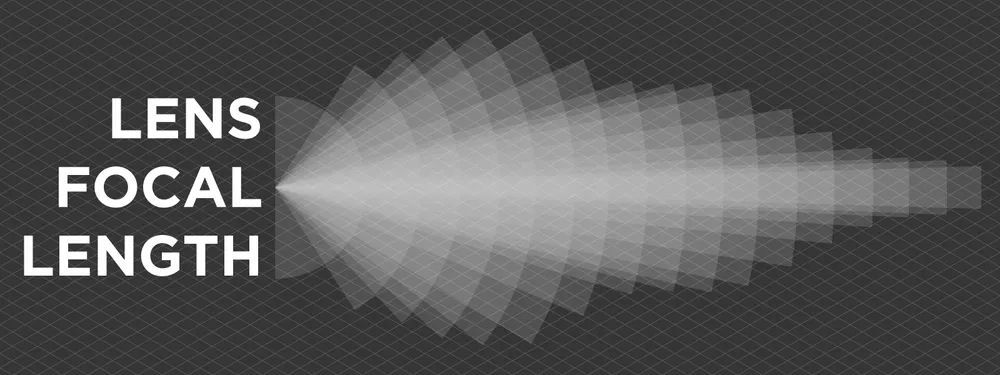
Lens focal length is a fundamental concept in photography that determines the field of view, magnification, and depth of field of a lens. It is a critical parameter that affects the visual appearance of images. It plays a significant role in the decision-making process of photographers. Understanding how focal length works is essential for selecting the right lens for a given photographic situation and achieving the desired composition and visual effect. Photogrammetric 3D scanning is one situation when we need to consider what lens we should use. The focal length is the most crucial factor.
Focal Length Equivalency
Focal length equivalency refers to the relationship between the focal length of a lens and the angle of view captured by a camera based on the size of the camera's image sensor.
Different camera systems can have sensors of various sizes. As a result, lenses of the same focal length will have different angles of view on other cameras. For example, a 50mm lens on a full-frame camera will capture a wider angle of view than the same lens on a smaller sensor, such as an APS-C or micro four-thirds camera.
To account for this difference in angle of view, photographers often use focal length equivalency to compare lenses across different camera systems. Focal length equivalency is the equivalent focal length of a lens that would produce the same angle of view on a full-frame camera.
For example, a 35mm lens on an APS-C camera has a crop factor of 1.5x compared to a full-frame camera. The equivalent focal length of the 35mm lens on a full-frame camera would be 52.5mm (35mm x 1.5). This calculation helps to compare lenses and ensure that photographers get the angle of view they want, regardless of their camera system.
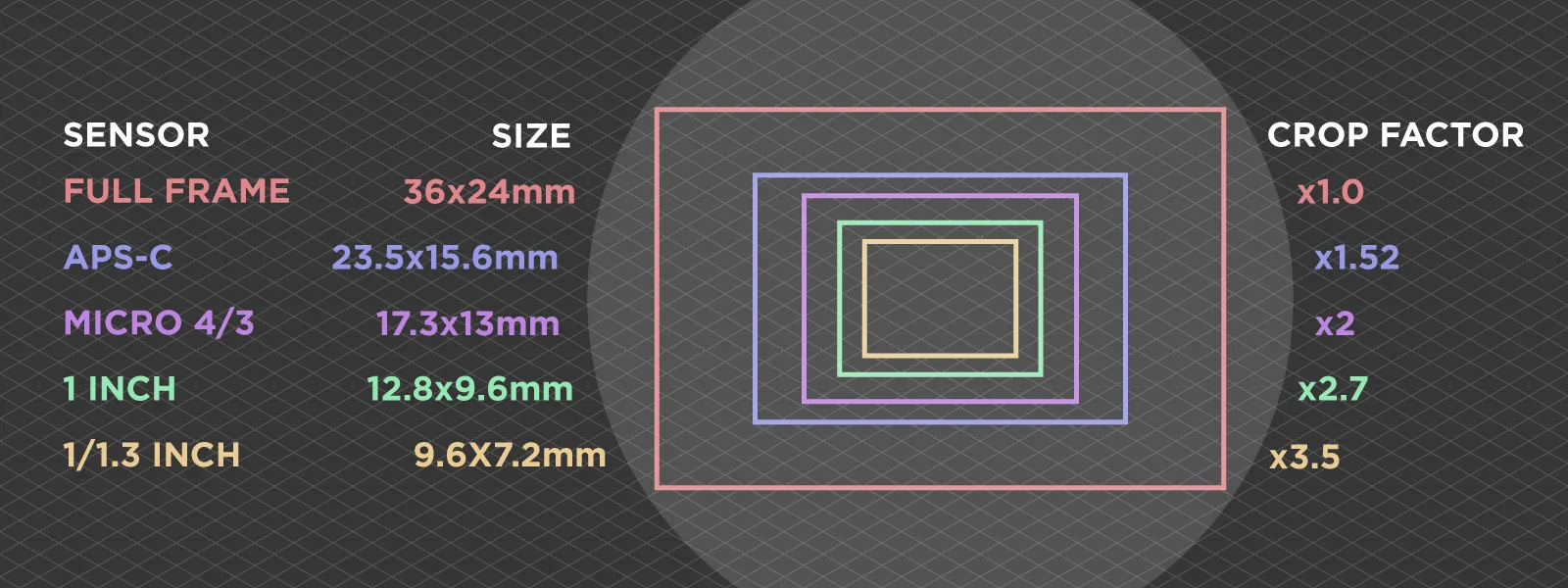
Understanding equivalency is especially important in fixed camera systems like drones and smartphones. With such cameras, you are stuck with the fixed focal length without interchangeable or zoom lenses. The good part is that most fixed systems use moderate focal length lenses, suitable for general photogrammetry.
General Object Photogrammetry
The ideal focal length for object photogrammetry depends on several factors, including the size and distance of the subject, the desired level of detail, physical accessibility, and the camera. Generally, a moderate focal length lens is best for photogrammetry, typically 24-50mm. Here are some factors to consider when choosing a lens for photogrammetry:
Image distortion: lesser quality wide-angle and fisheye lenses introduce distortion in images, especially at the edges of the frame. More traditional lenses with a moderate focal length will have less distortion and produce better 3D reconstruction results, even if cheap.
Depth of field: A moderate focal length lens with a low aperture (high f-stop number) provides a greater depth of field, keeping more of the subject in focus. It makes it easier for the photogrammetry software to align the images. Low aperture numbers are not an issue because all modern lenses can be stopped down to f8 or f11 and maintain good image quality. It means you do not need to spend a fortune on super bright lenses with a wide aperture for photogrammetry applications.
Field of view: it dictates the working distance from the subject. If your workspace is under control, you can choose almost any lens within the mentioned range. If your scene is large and you can not get further away for capture, you will need a wider lens and vice versa. On the other hand, if you always crave more detail, you might be better off with a more tele lens, which requires more photos but will produce more detailed results from the same distance.
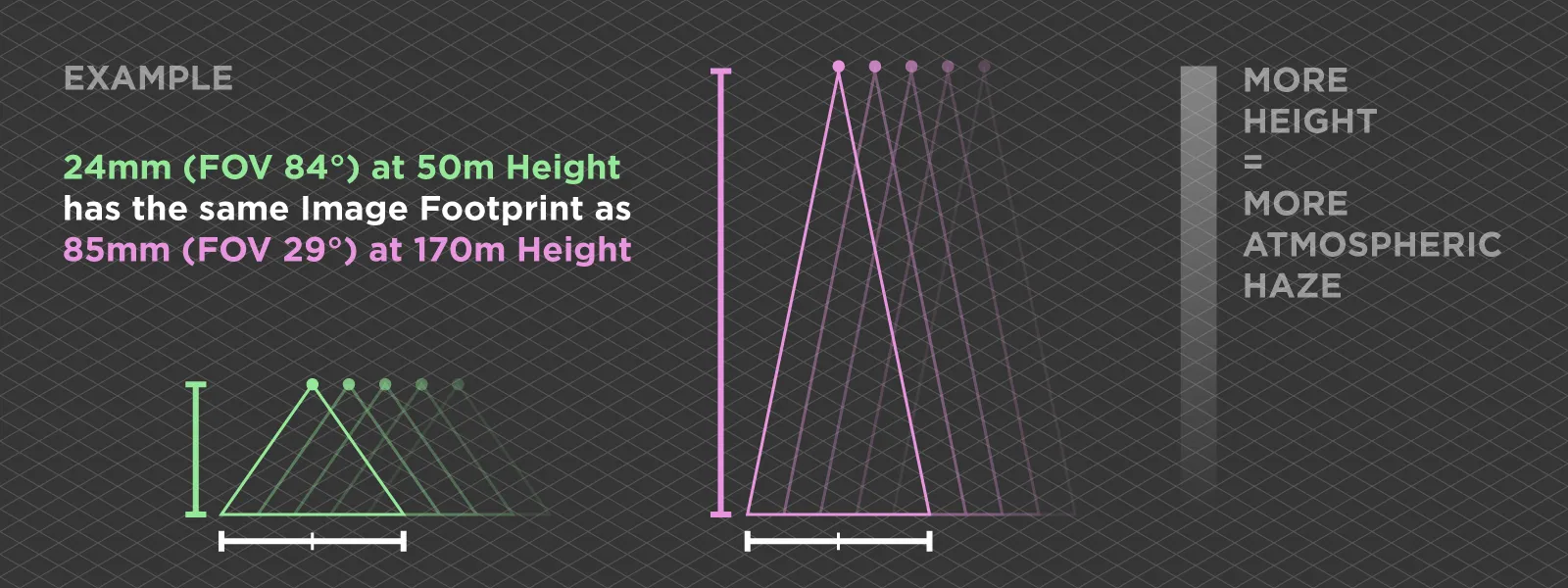
Camera sensor size: The lens's focal length also depends on the size of the sensor, as described in the equivalency section of this article. Calculate your focal length equivalency to better understand the field of view if you are looking for lenses for non-full frame cameras.
A moderate, fixed focal length lens (a prime lens) is typically the best choice for general subject photogrammetry. However, the ideal lens for your case will depend on the specific project and subject. It may require some experimentation to find the best results.
Aerial Photogrammetry
Drones usually have fixed wide-angle lenses and are suitable for photogrammetry. Suppose you do have an aerial imaging system with interchangeable lenses. In that case, the rules described in the object photogrammetry section apply. 24 - 50 millimeter focal length equivalent lenses will be your best bet in most cases.
Now you may be thinking, why not choose a telephoto lens and keep a safer distance while increasing detail when doing an aerial 3D scan? It can be a good idea if you have the space and the atmospheric conditions are clear. But if there are hints of atmospheric haze - your image quality will degrade.
Atmospheric haze is a natural phenomenon that occurs when tiny particles such as dust, smoke, and water vapor are in the air. These particles scatter and absorb light, which can noticeably impact image quality. If the distance between the camera and the subject is considerable, contrast, color saturation, sharpness, and detail will decrease.
Interior Photogrammetry
Interior photogrammetry will require wide or ultra-wide-angle lenses for more efficient workflows. Scanning interiors with lenses longer than 20 mm equivalent focal length will mean taking hundreds or thousands of photos, even for modest indoor spaces.
However, good-quality ultrawide lenses are rarer and more expensive. You may consider using a cheap fisheye lens, but still, we recommend avoiding fisheye lenses. Rectilinear wide-angle lenses produce much less distortion and provide better 3D reconstruction results overall.

Conclusion
Understanding the importance of lens focal length is essential for achieving the desired workflow and 3D reconstruction results in photogrammetry. A moderate fixed focal length lens is best for optimal results for object photogrammetry. In contrast, wide or ultra-wide-angle lenses are more suitable for interior photogrammetry. When choosing the right lens for your project, it is essential to consider image distortion, depth of field, field of view, and camera sensor size. By considering these factors, you can select the ideal lens to capture accurate and detailed 3D scans.

Photographer - Drone Pilot - Photogrammetrist. Years of experience in gathering data for photogrammetry projects, client support and consultations, software testing, and working with development and marketing teams. Feel free to contact me via Pixpro Discord or email (l.zmejevskis@pix-pro.com) if you have any questions about our blog.
Related Blog Posts
Our Related Posts
All of our tools and technologies are designed, modified and updated keeping your needs in mind
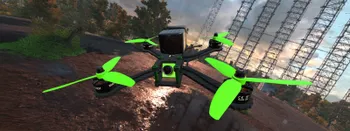
Drone Flight Simulators – GPS, FPV, Fixed-Wing Drones?
Flying drones is fun—and it can be helpful. In this article, I will tackle a few questions you may naturally ask when getting into the drone thing. We will also look at virtual flying, the logical first step when learning anything in the radio control hobby space.
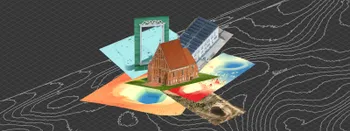
Where do we use Photogrammetry? A list of 3D scanning use cases.
Photogrammetry has revolutionized numerous industries by transforming real world scenes into 3D models, using only simple photographs and processing algorithms.
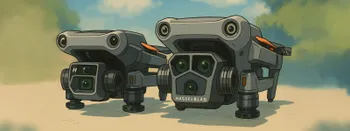
ChatGPT – Image Quality Checking for Photogrammetry with AI
Good input data is everything in photogrammetry. The results we get from processing can never "exceed" what we input into the software. If only we could always check our input data before starting the relatively long process of 3D reconstruction.
Ready to get started with your project?
You can choose from our three different plans or ask for a custom solution where you can process as many photos as you like!
Free 14-day trial. Cancel any time.
Welcome to Pixpro
Sign in
And access your account.
.svg@webp)